TuID
TuID is Uruguay’s official digital identity platform that lets citizens securely authenticate, verify identity, and digitally sign documents with legal validity. It’s available on Web App, Android, and iOS, supports multi-factor authentication, and operates under three security levels (basic, high, very high).
Multi-Platform UX/UI Design and Flow Definition
End-to-end design of TuID across Web, Android, and iOS. Starting from early sketches and undefined requirements, I worked with stakeholders to define functionalities, user flows, and interaction patterns, and delivered a cohesive, accessible UI supported by a consistent design system.
Problem
TuID needed a clear, secure, and scalable UX to serve a broad population, but the functional scope and user flows were not defined. The platform had to support legally binding e-signatures, multiple authentication methods, and three security levels across web and mobile.
Old Version
Process
Workshops with stakeholders to define requirements, roles, and flows (registration, authentication, and signing).
UX deliverables: user journeys, flowcharts, wireframes, and iterative reviews.
UI deliverables: cross-platform design system (styles, components, states) with accessibility principles.
Security model designed into UX:
Level 1 – remote registration (credentials / MFA)
Level 2 – in-person verification at authorized centers
Level 3 – biometrics + digital certificate for advanced e-signature
Prototypes for Web, Android, iOS to validate patterns and interactions.
Solution
A unified, accessible, and secure digital-identity experience deployed across Web, Android, and iOS, today serving 750,000+ registered users in Uruguay. The solution:
Consolidates flows end-to-end (onboarding, authentication, identity verification, and e-signature) with clear wayfinding, progressive disclosure, and consistent microcopy to reduce friction and errors.
Operationalizes the 3-level security model inside the UX (remote credentials → in-person verification → biometrics + digital certificate), with explicit guidance, state handling, and validation patterns for each level.
Delivers cross-platform parity via a shared design system (tokens, components, interaction specs), ensuring the same mental model and behaviors on web and mobile while respecting each platform’s conventions.
Improves trust and compliance for legally binding e-signatures with stepwise confirmation, review states, and auditable feedback, minimizing ambiguity during critical actions.
Raises accessibility and clarity through scalable typography, contrast-safe palettes, focus states, and error-recovery patterns—supporting a broad, diverse user base.
Accelerates implementation and maintenance with developer-ready documentation (flows, components, states, edge cases) and a single source of truth for future features and integrations across government services.
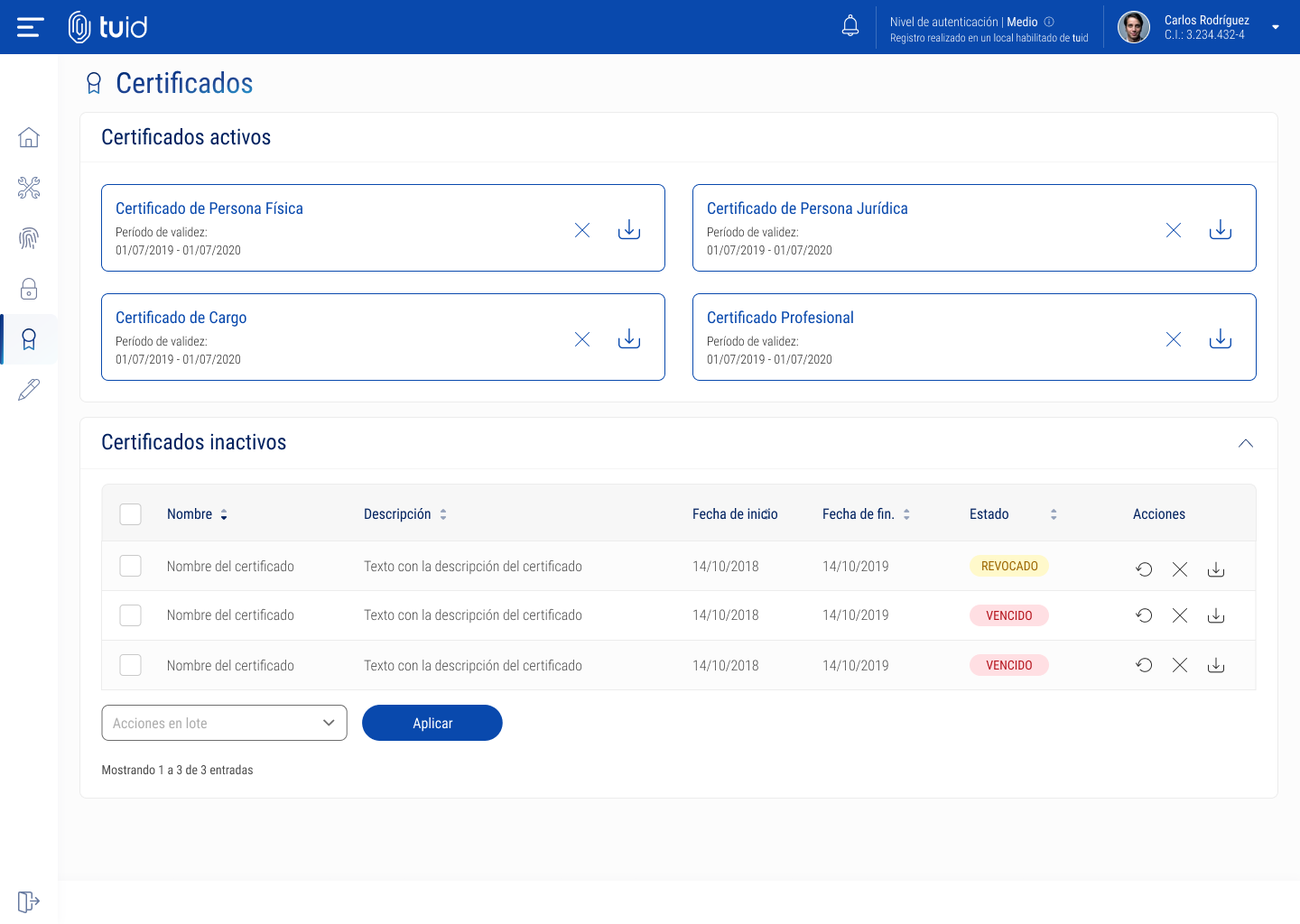
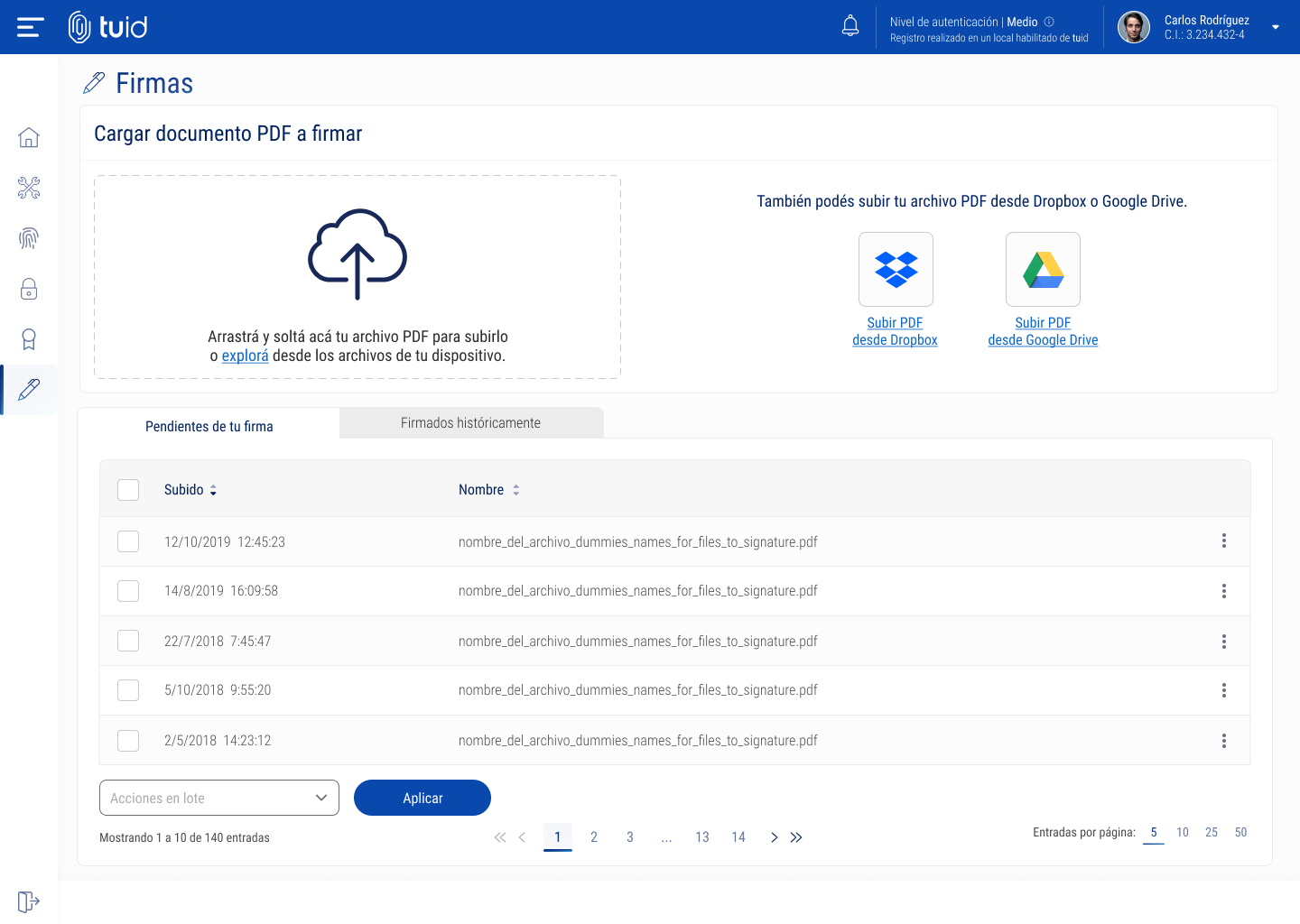
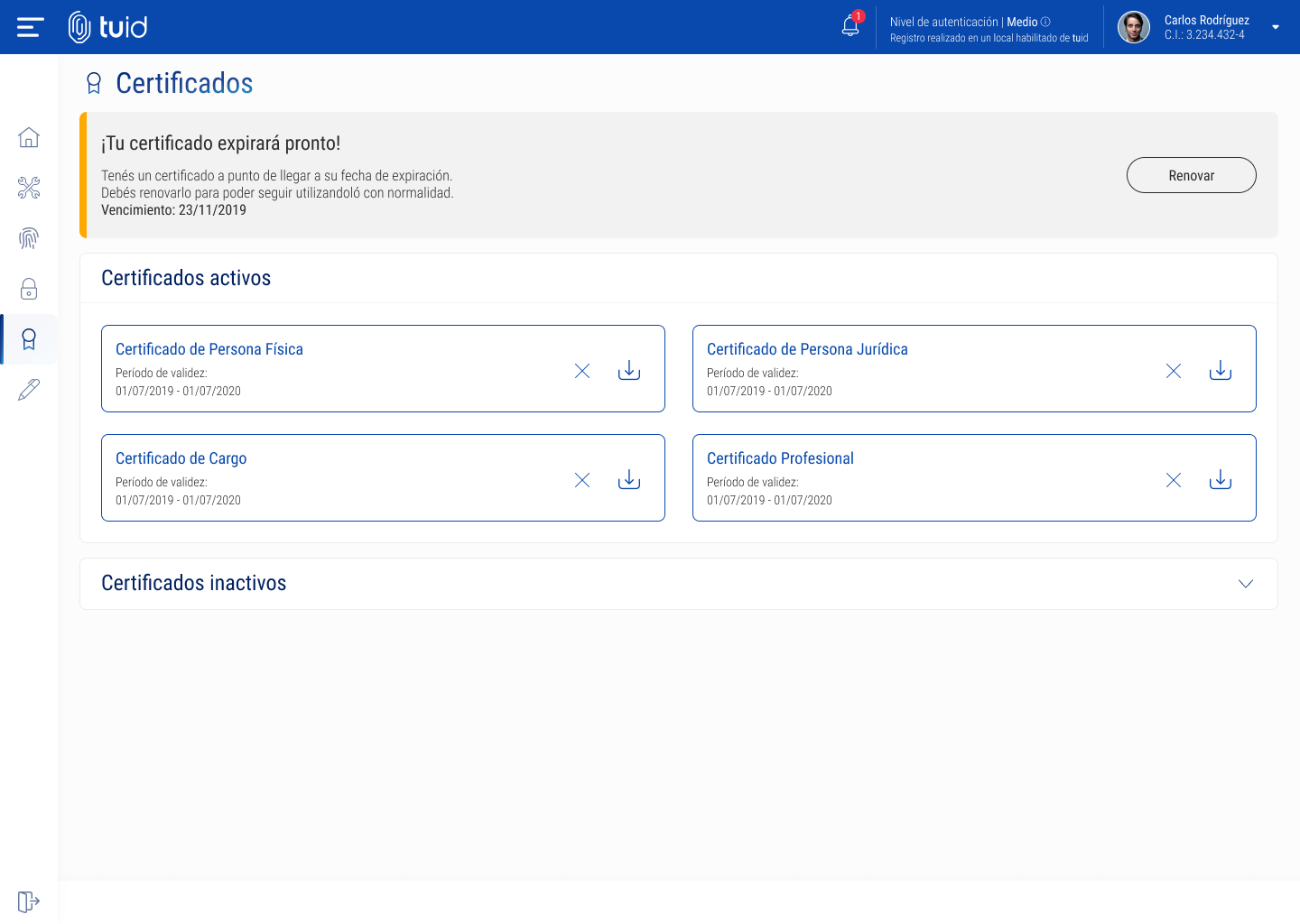
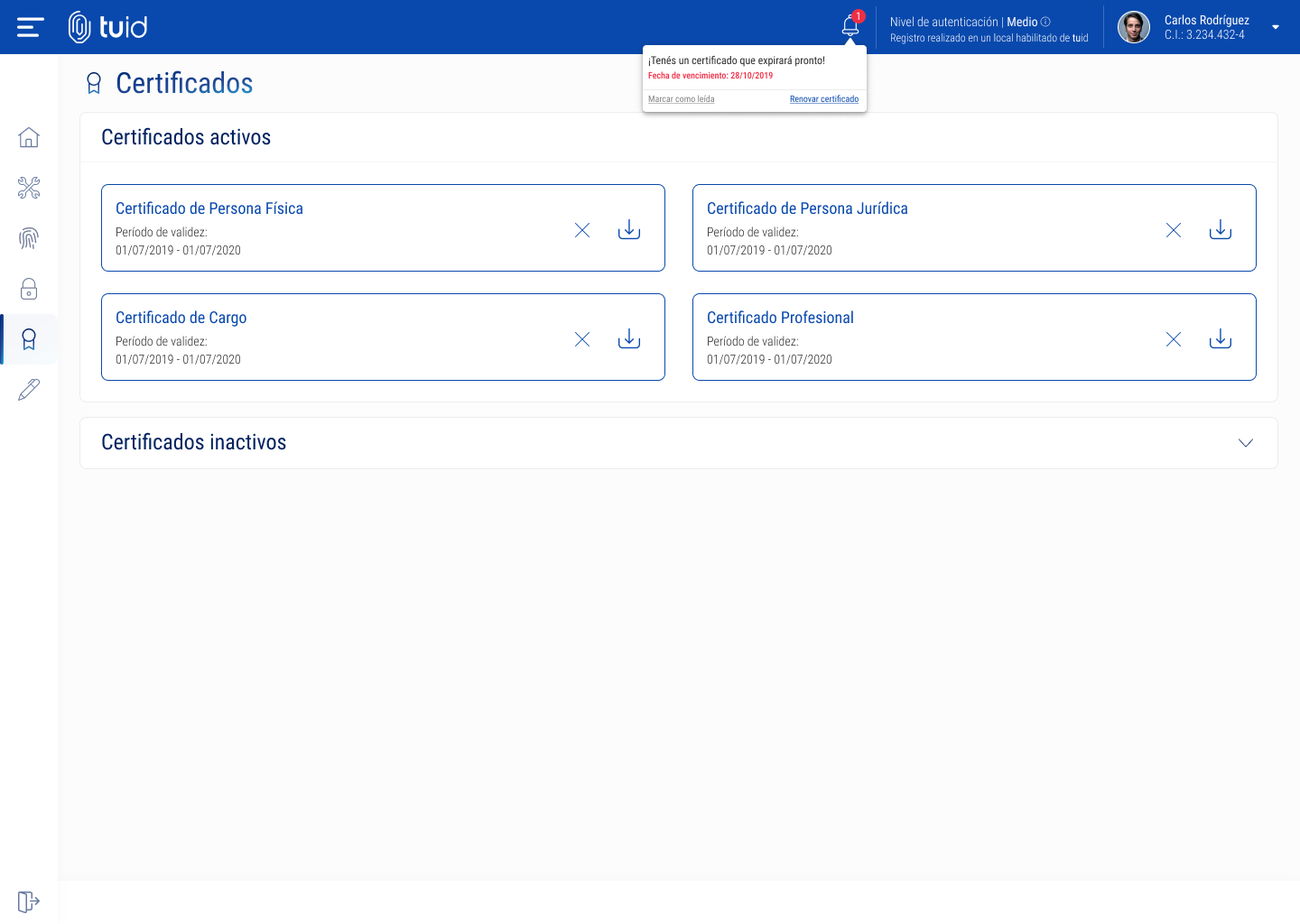
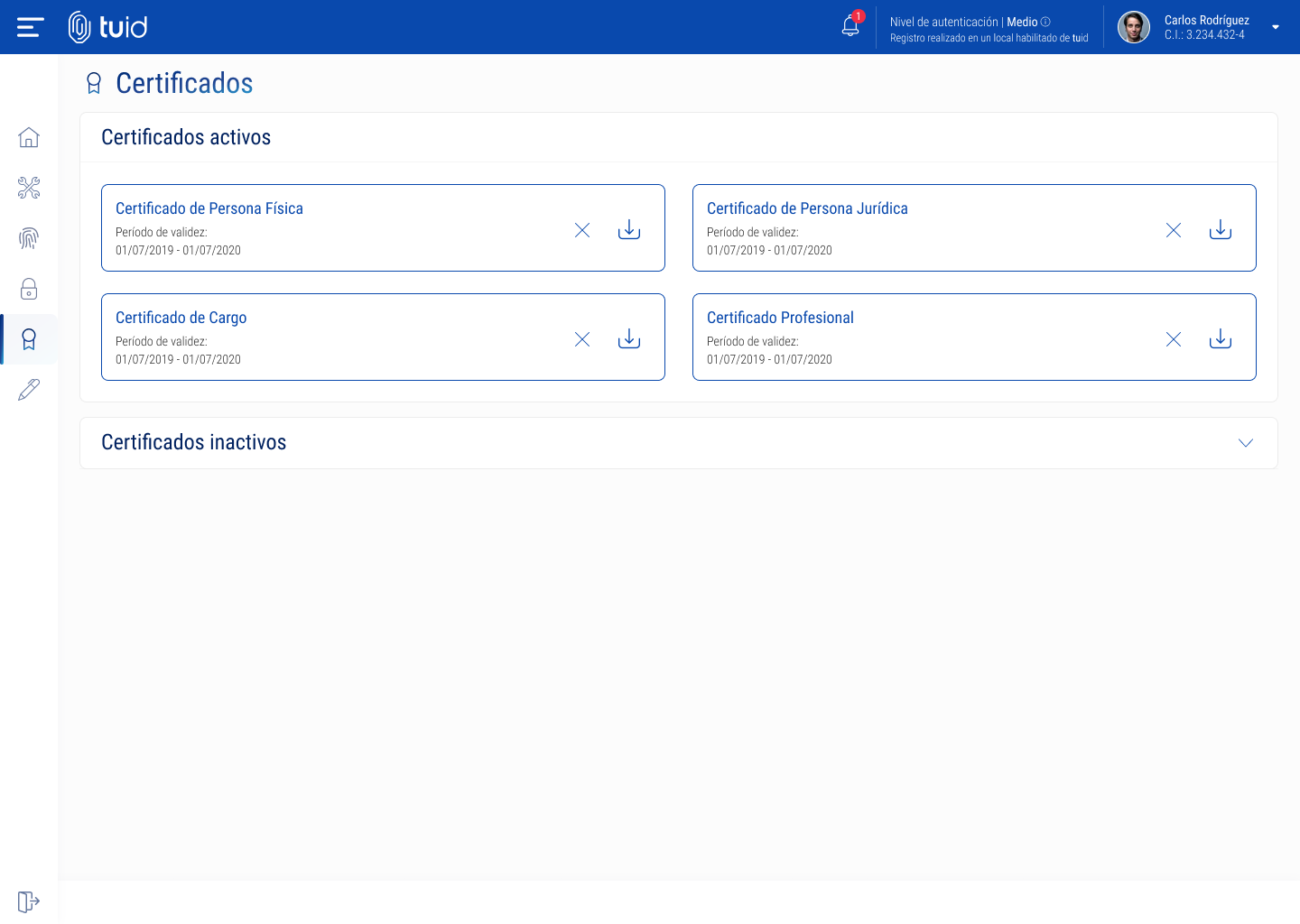
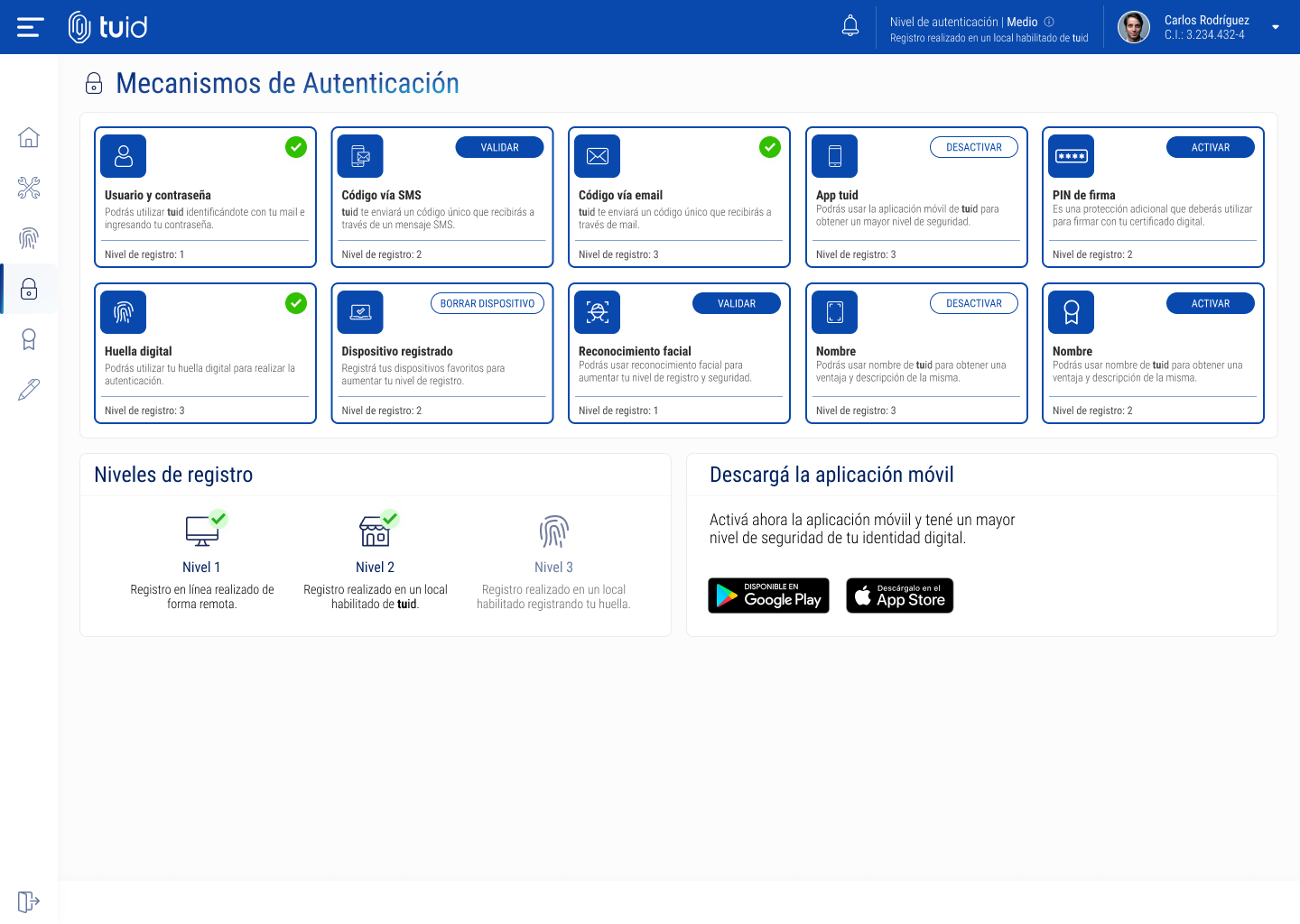
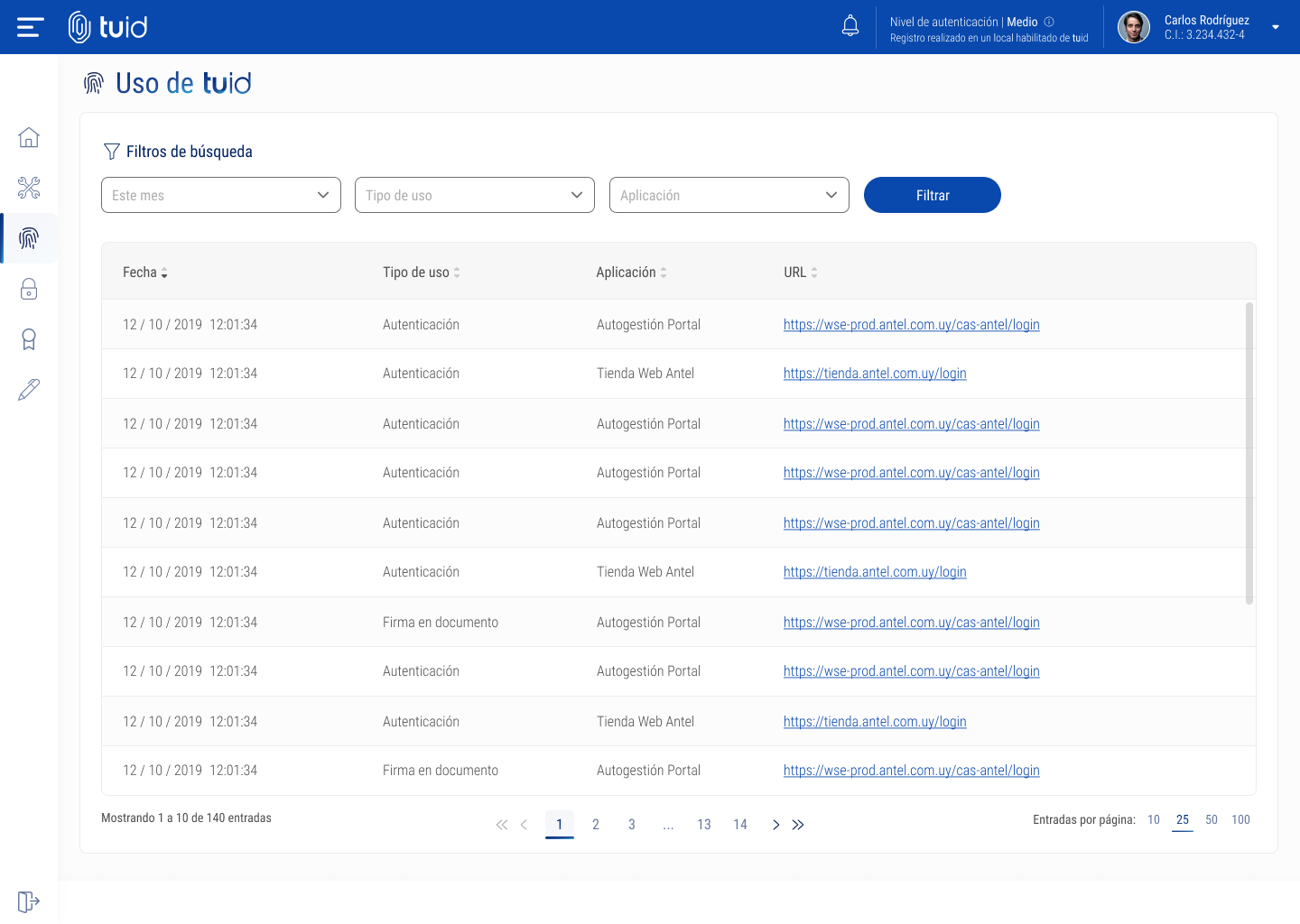
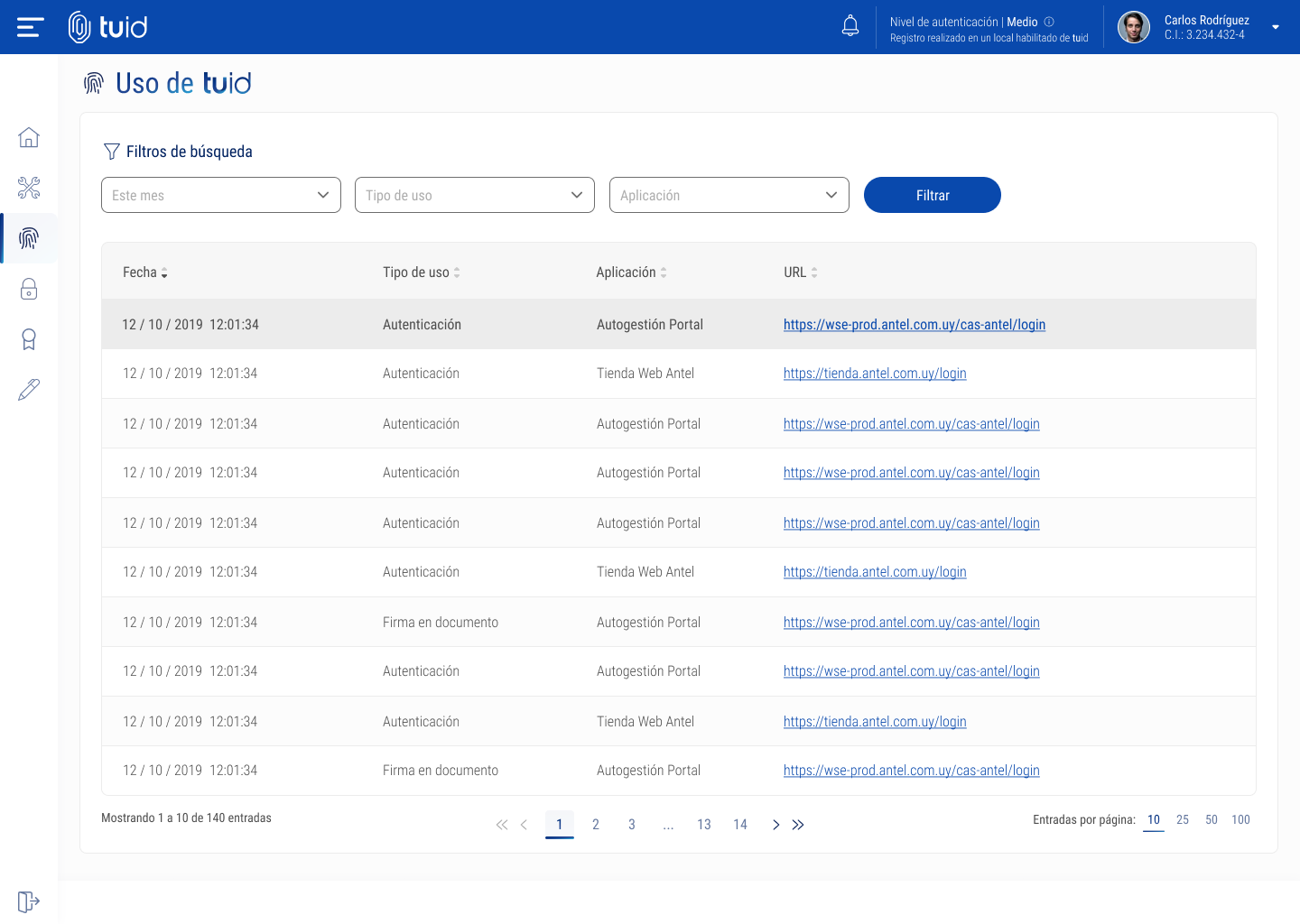
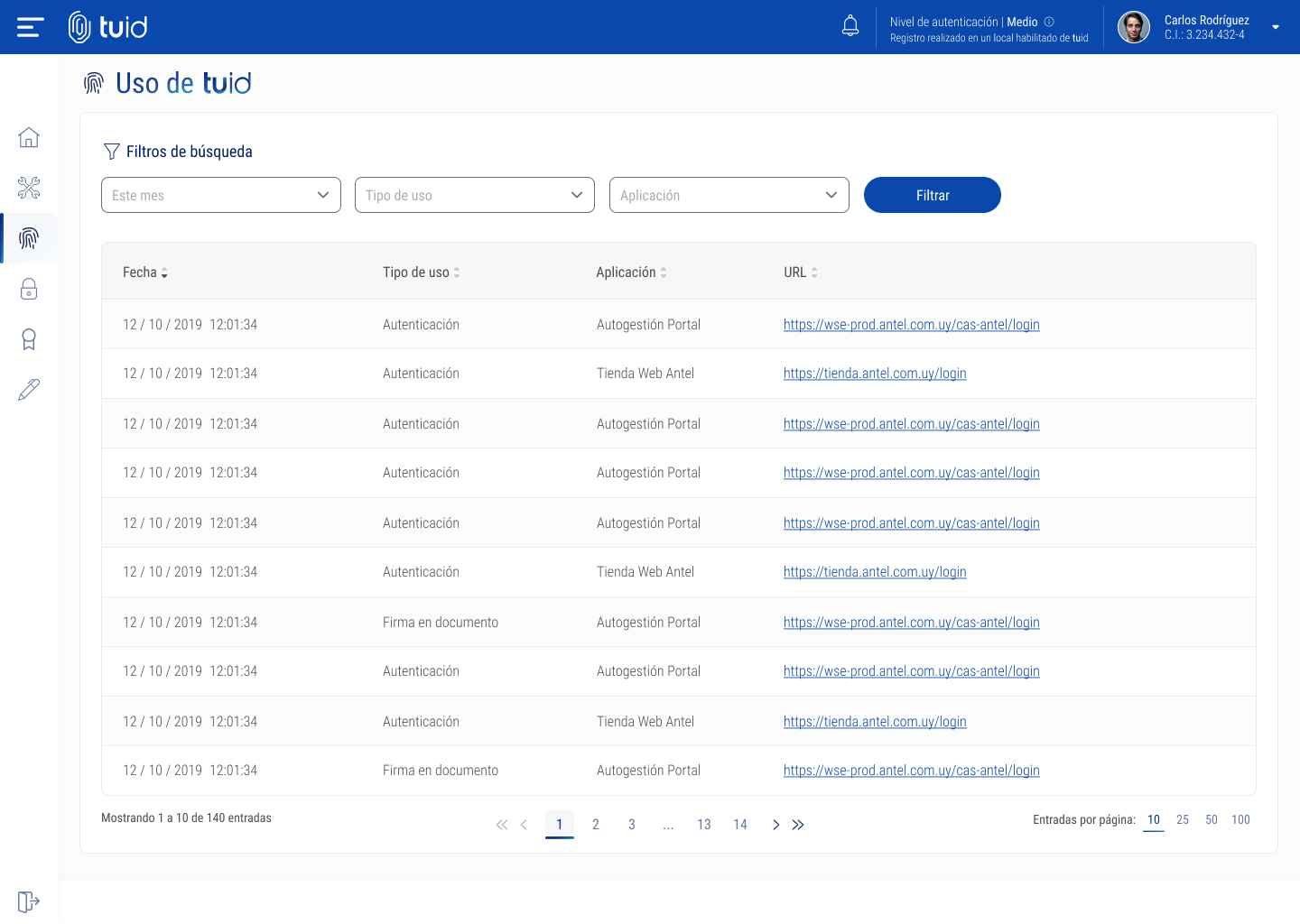

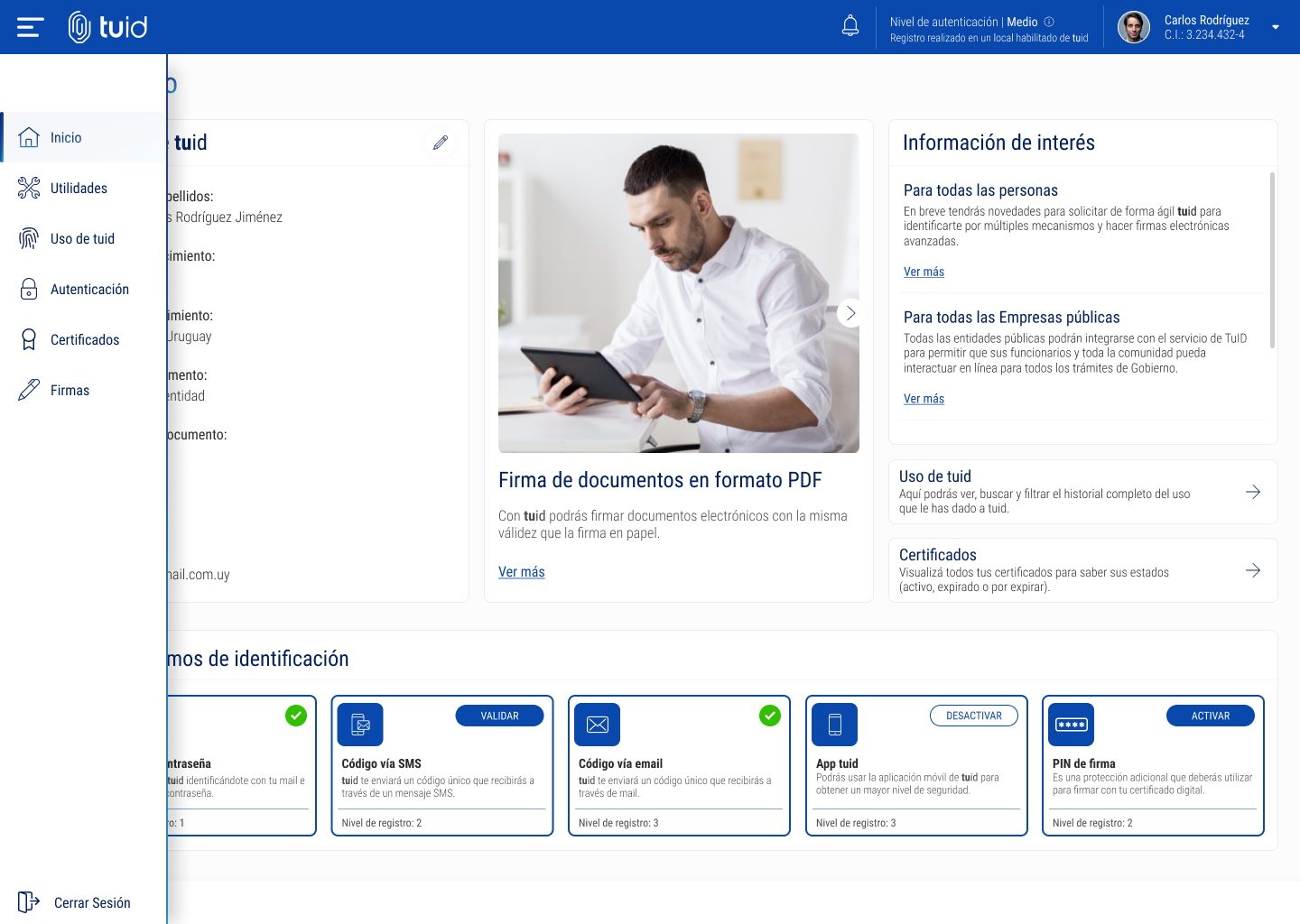
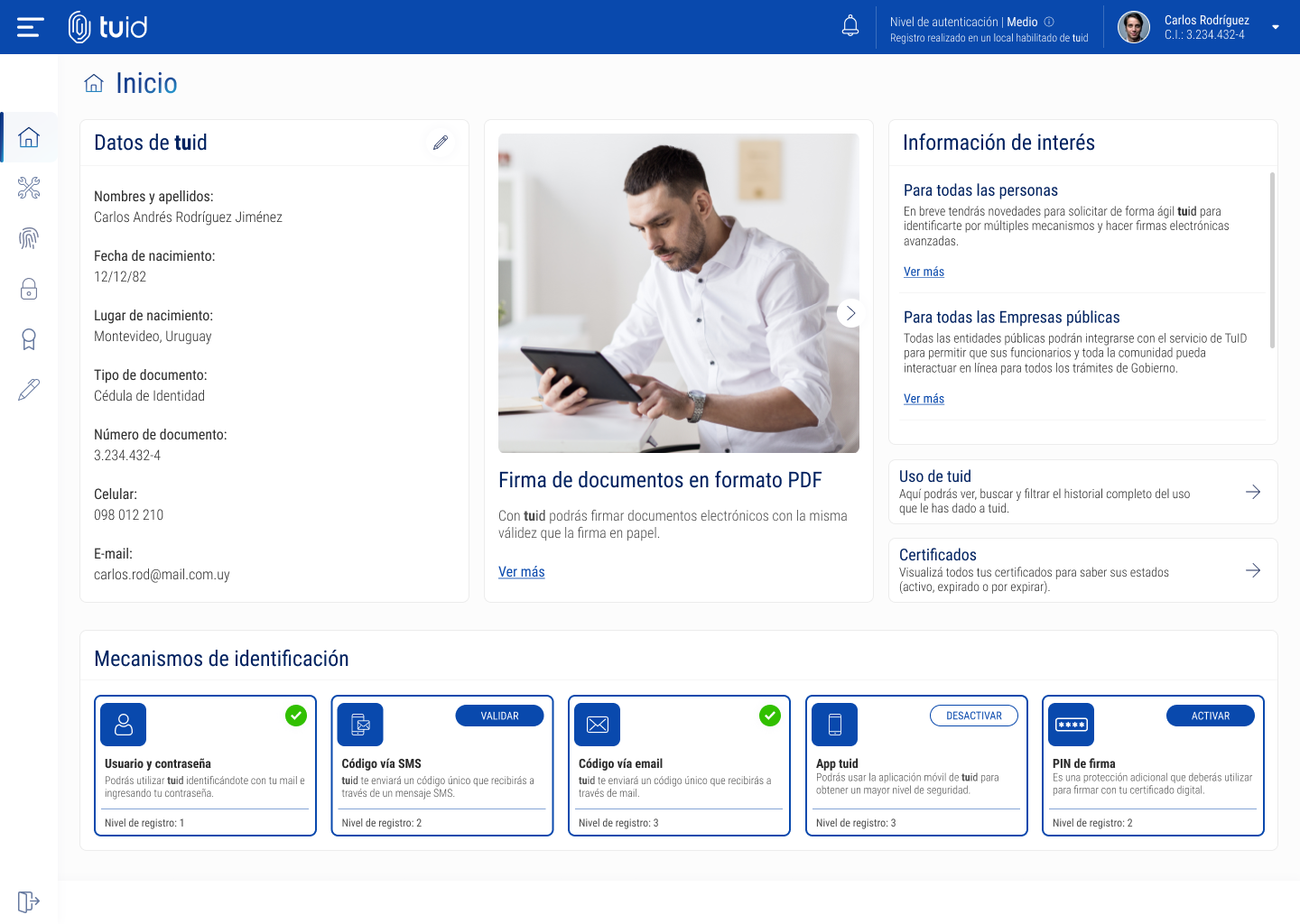
This case study includes only the elements I’m allowed to share under existing NDA agreements. Certain proprietary details and internal documentation have been intentionally omitted.